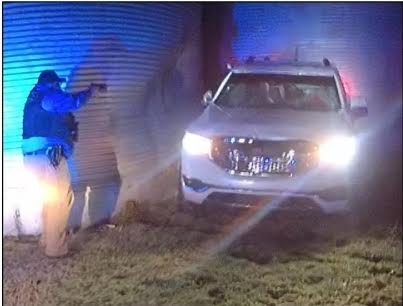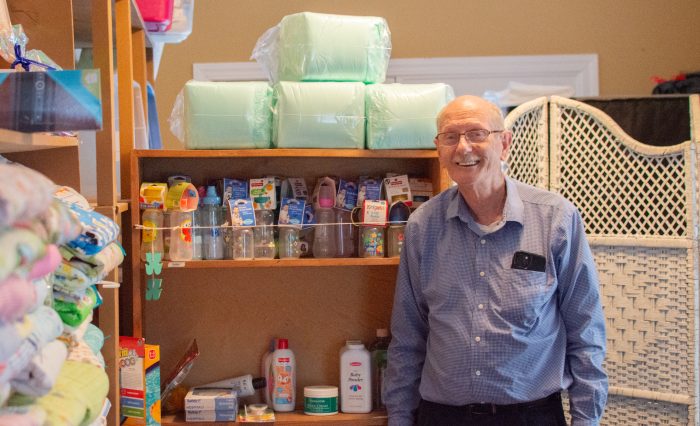Preservation work on our downtown is commendable
Published 1:00 am Saturday, January 17, 2015
Preservation, rehabilitation and adaptive reuse are terms thrown about readily on popular HGTV programs such as “Rehab Addict,” but they also are terms that can describe activities that are occurring or have occurred in Bowling Green’s downtown over the years.
Those words mean that historic structures will live on, rather than be torn down and replaced with possibly less interesting buildings.
Trending
Those words have meant that an old L&N train depot didn’t crumble to the ground and continues to be a tourism attraction for visitors and activity spot for residents. Thanks to citizens who saw the potential, the Historic RailPark & Train Museum is a vital part of the community.
It’s great that the city has developers who recognize these old buildings can provide a return on their investments by becoming commercial or retail spots, such as Dan Murph did with the old Dollar General Store building. And we have people who also are saving old houses.
We are practical and recognize that the cost to save some buildings far outweighs even the intrinsic value of saving them, but that is not the case of recent residential rehab projects in the downtown. Partners Norm Johnson and Brian Lowder have multiple projects going on across town with their businesses PYDR Properties and Historic Rehabilitation Contractors. A house on State Street is just one of five the two are working on right now, exposing original brick and crown moldings.
Walk2Campus is another such business that has taken the time to rehabilitate older buildings and provide housing for WKU students, all within walking distance of campus, as the name would suggest.
The work on the inside of these provides citizens a safe, comfortable place to live, and the money spent on the outside typically helps the property value of not only the rehabbed building but others in the neighborhood.
Kentucky Heritage Council in 2013 looked at the investment into historic buildings and its impact, at least in the communities served by Main Street programs such as the one in Bowling Green.
Trending
Those Main Street programs reported that in 2012, there was $129,512,869 total investment, including $42,577,291 in private investment. The work created 111 new housing units in downtowns and 321 downtown buildings rehabilitated. In the 2nd Congressional District, which includes Bowling Green, nearly $16 million was contributed privately. Private investment was the bulk of the $16.5 million spent in the entire district. The work meant the creation of 132 net jobs in those Main Street districts. Housing was created, and 53 downtown buildings were rehabilitated in 2nd District downtowns.
There likely has been other private investment in historic properties outside the purview of Main Street programs.
We know preservation is appreciated in Kentucky, and we are glad for it. The state has the fourth-highest number of historic buildings and places in the country on the National Register. There are 3,200 historic districts, sites or structures, according to the Heritage Council. Only New York, Massachusetts and Ohio have more.
All we can say to those who toil in the preservation field is keep up the good work.






